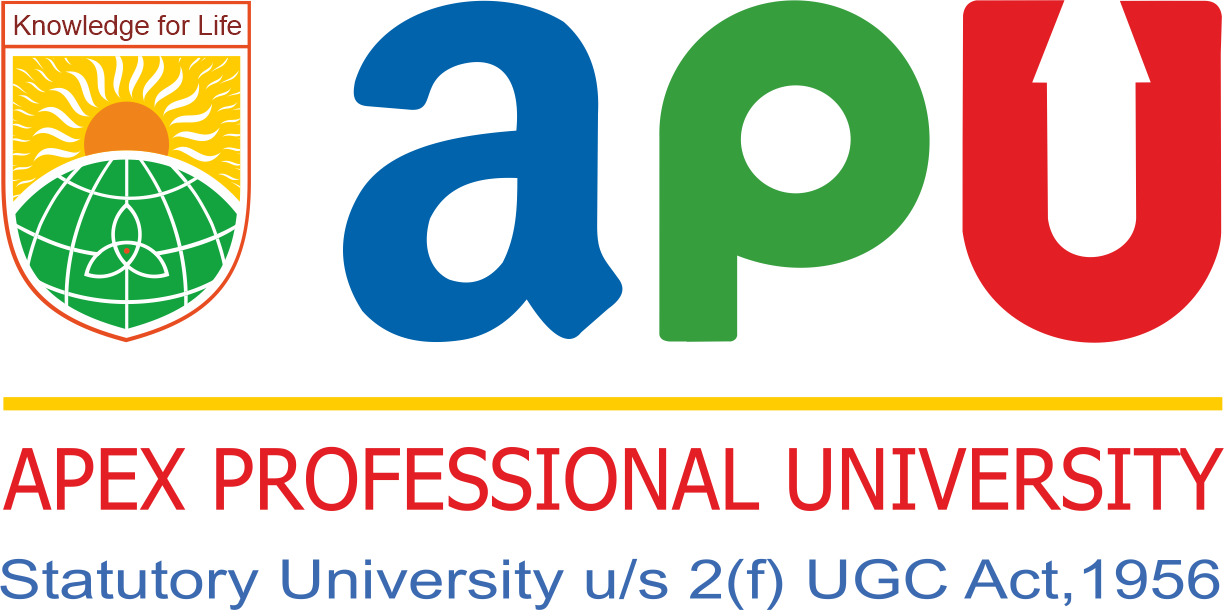The initial approval process should be undertaken for all partnerships except those solely for research collaboration, and completed prior to proceeding with any MoU.
Once an initial approval request has been approved, the Partnerships team will draft an MoU and support the proposer in negotiations with the partner on this. If possible, the University’s Memorandum of Understanding template should be used, although a draft MoU provided by the partner is also acceptable. The collaborative activities listed can be added to if necessary, or items removed, although a broad list is favoured to avoid the MoU requiring revision if further areas of collaboration develop.
Once the MoU has been finalised, it will be submitted to the Board of Management for the approval and signature of the Registrar. As a general rule, agreements should be at institutional level (between universities), rather than at school or department level. If the collaborative activity is focused on particular academic units, however, it may be appropriate for these to be listed on the MoU in addition to the two universities, and for the heads of the respective schools / departments / centres to countersign the agreement. A term of three years is normally recommended for Memoranda of Understanding.
It is hoped an MoU will lead to proposals for more substantial collaborative activity, e.g. research collaboration, or progression, articulation or Study Abroad agreements. Once the type of partnership has been defined, the appropriate guidance should be followed for developing a formal agreement. It is important to ensure an MoU does not escalate into a more complex partnership arrangement without the necessary approval being sought and relevant legal agreements being developed to underpin revised arrangements.
The proposer of the partnership listed on the initial approval request form (or their nominated substitute) will be responsible for overseeing the implementation of the MoU, including maintaining regular contact with the partner institution and reviewing the arrangement on an annual basis. He/She may be required to report to relevant committees or boards on the arrangement, as necessary.
Either institution may terminate the MoU or cease to pursue the objectives of the agreement at any time, subject to an agreed notice period. If the MoU is inactive or defunct, the proposer should seek to formally terminate the agreement. He/She can notify the Academic Development and Quality Enhancement Office, who will inform the partner of the intention to terminate the MoU in writing and log the cessation of the agreement.
